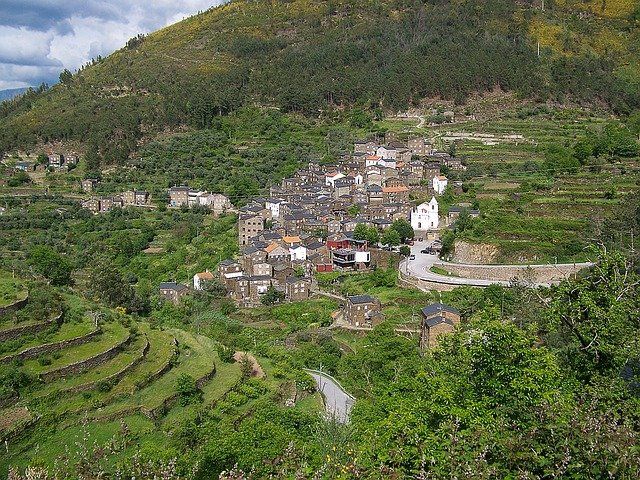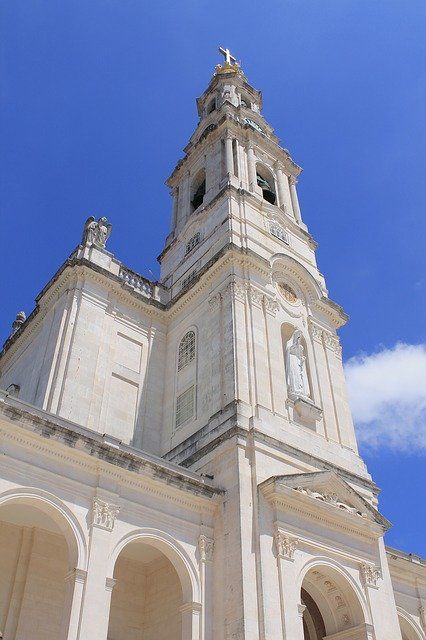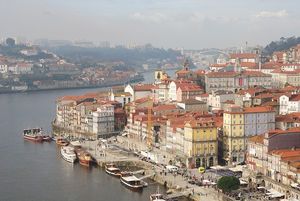Features
The country covers 92,000 sq. km. (including the overseas territories of Azores and Madeira). It has a population of approximately 10.5 million of whom about 1.1 million live in the capital, Lisbon.
Other major cities are Coimbra, Porto, Amadora, Faro. Much of the country is mountainous, but the south has been developed as a tourist centre.
Economy
Since joining the European Union in 1988 there has been much development and in some areas a noted increase in living standards, particularly in the cities.
Outside of the major cities there is much poverty. The mountainous terrain and traditional (but outdated) farming methods provide a meagre living for those in the country areas. The main agricultural products are wine, olive oil and cork.

The north in particular remains very poor and many people remain illiterate. It has been estimated that in the country as a whole, 11% of men and 18% of women are illiterate. The average national income has been calculated at around £3500 per head (1991 figure).
Politics
From 1928 to 1968 the country was under the dictatorship of Antonio de Oliveira Salazar. He was succeeded by Marcello Caetano. In 1974 there was an attempted Communist take-over leading to a military coup led by General Antonio Ribeiro de Spinola which ousted Caetano. He was eventually replaced by Costa Gomes. In 1978 a new constitution was adopted providing for the return to civilian rule.
The succeeding years continued to see much political upheaval, but there has been greater stability in the country since the general election victory of the Socialist Party in 1995 when its leader Antonio Guterres became prime minister. In 1996 the Socialist Party candidate, Jorge Sampaio, was elected president.
Religion

Portugal remained untouched by the Reformation. Roman Catholicism was the official State religion until the revolution of 1974. It remains the dominant religion today, with 97% of the population claiming to be Catholics.
One of the big attractions in the country is the large basilica and shrine to ‘Our Lady of Fatima’ about fiftty miles north of Lisbon. At certain times of the year people from all over the country, and other parts of the world, go to Fatima for special adoration of the Virgin Mary who, it is claimed, appeared to three young children there in 1917, under the name of ‘Notre Dame du Rosaire’. Many people make much of the journey on their knees, necessitating the setting up of first-aid stations along the way. At the shrine itself many pilgrims go around the shrine, which stands on the spot where the Virgin Mary is supposed to have appeared, on their knees, some carrying small children and some with sick relatives. It is claimed that healings can be obtained at the shrine




